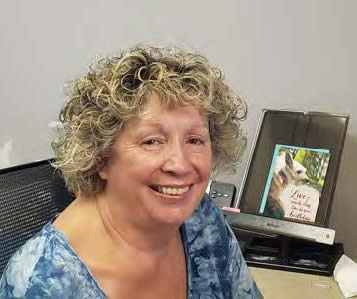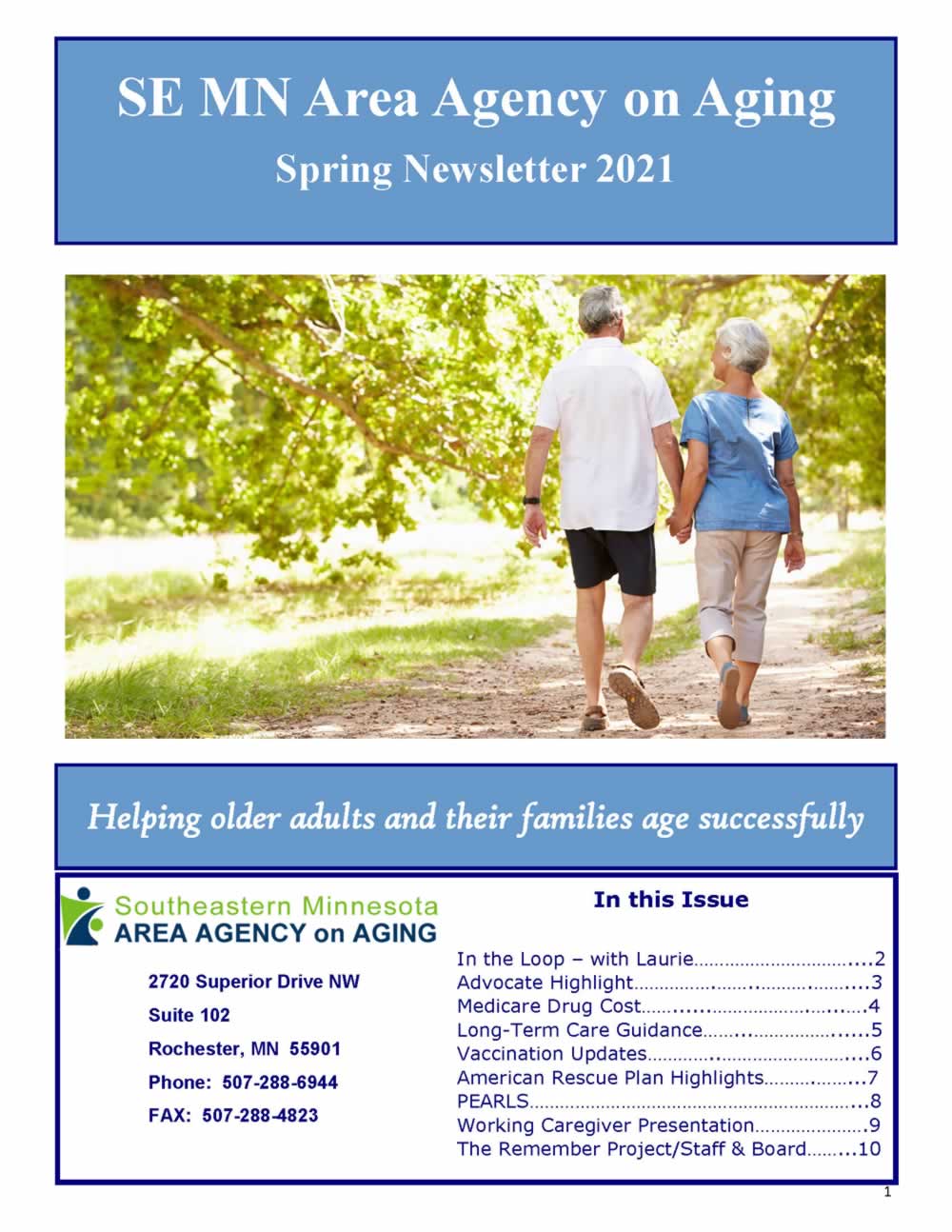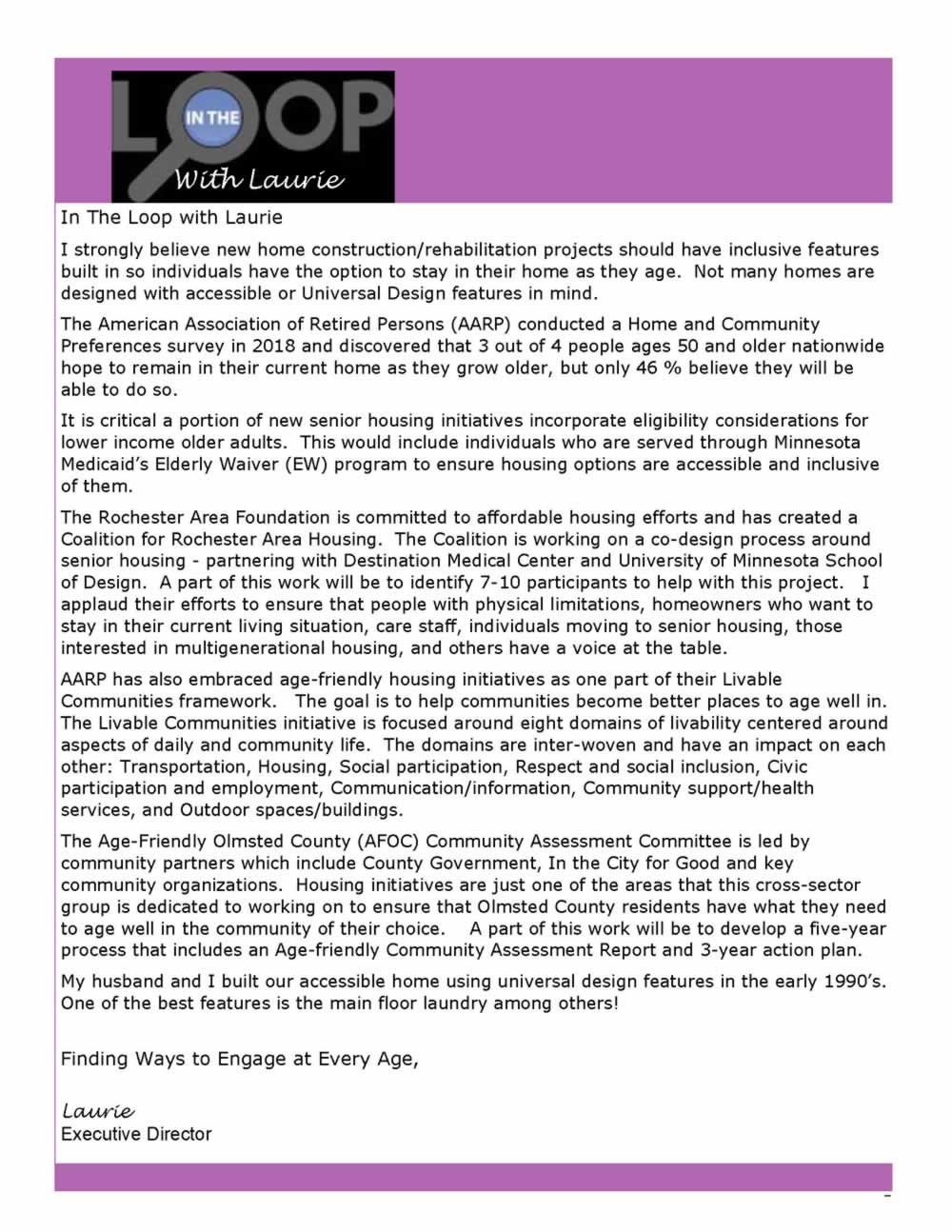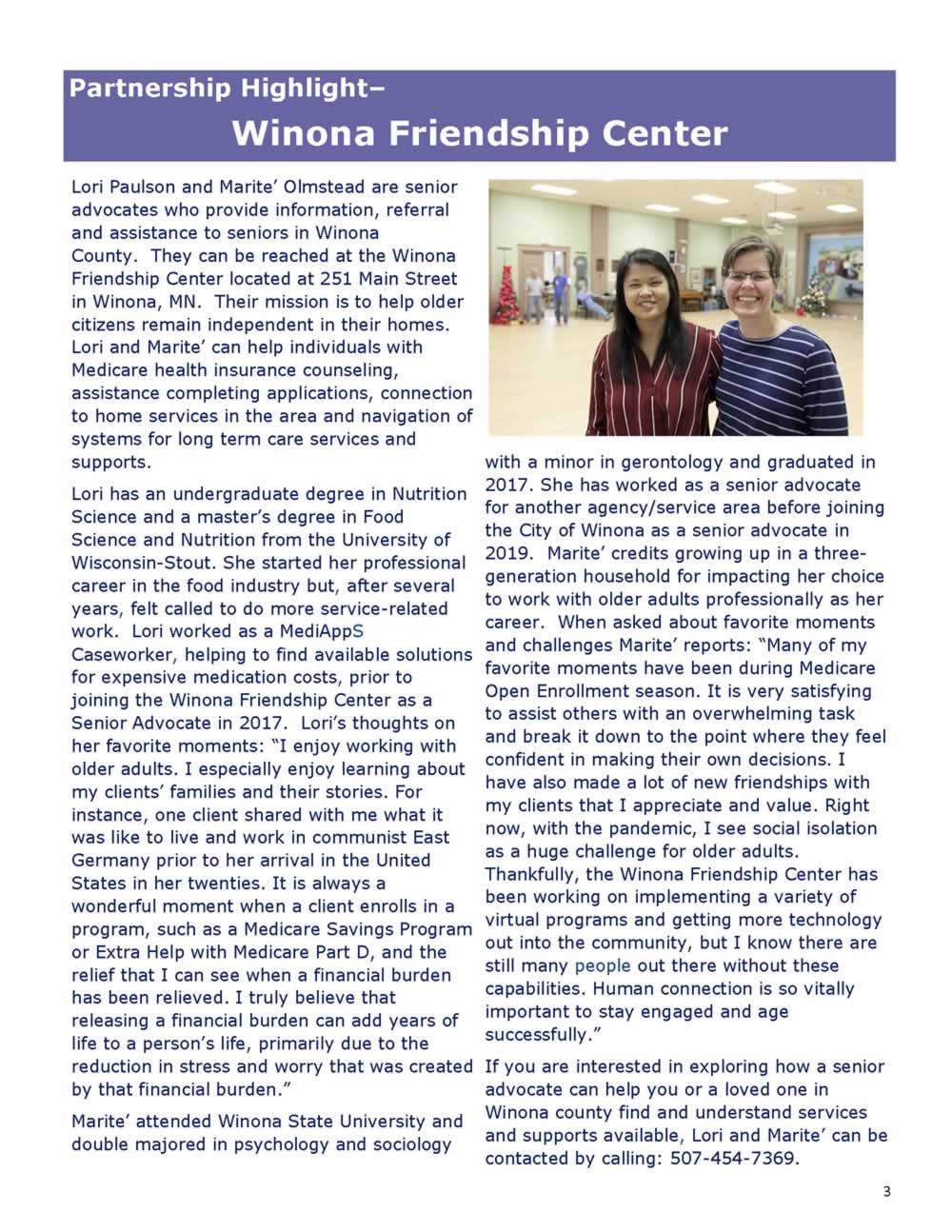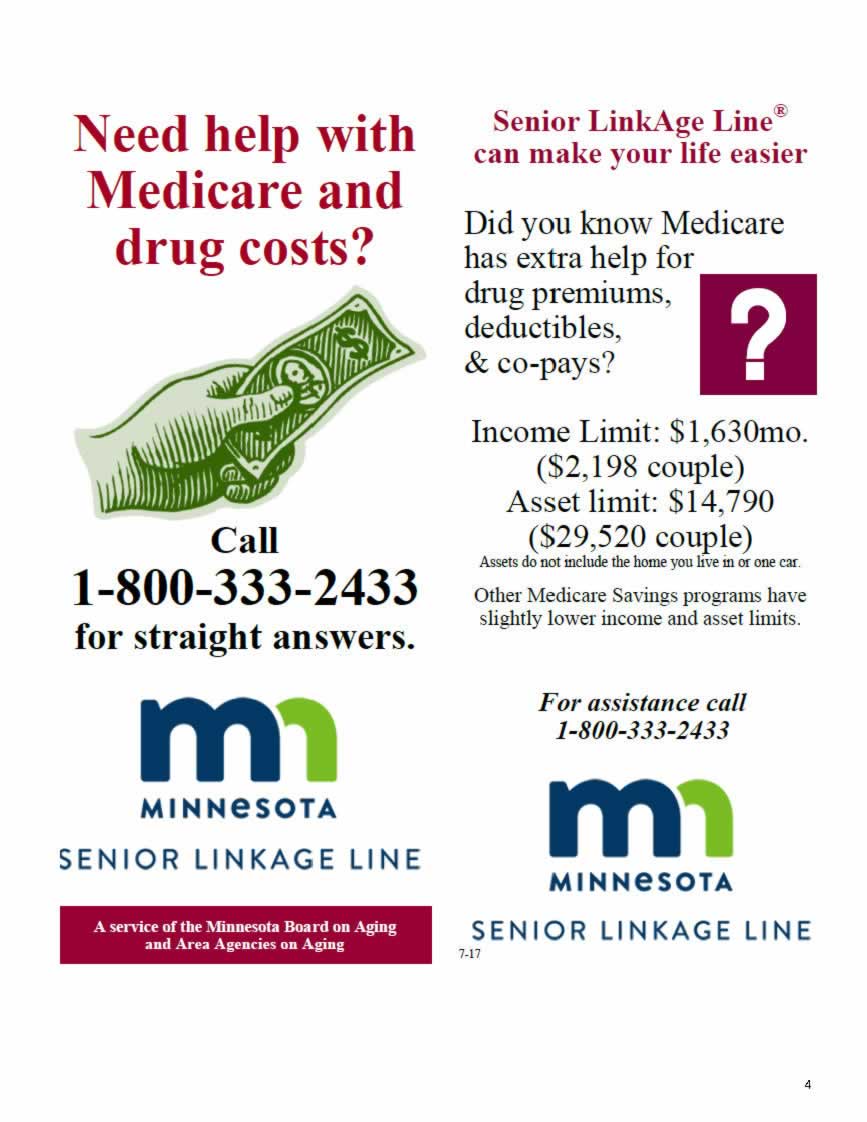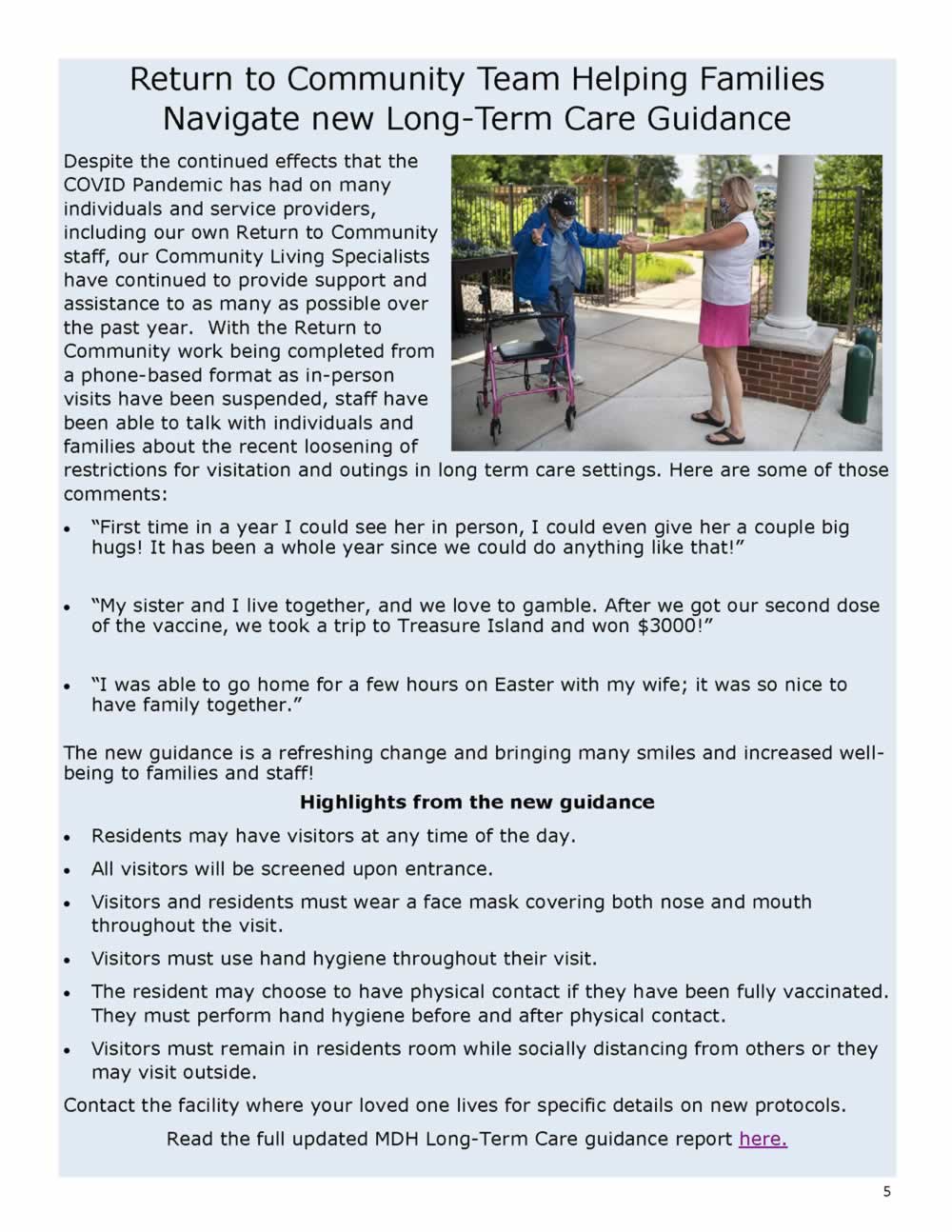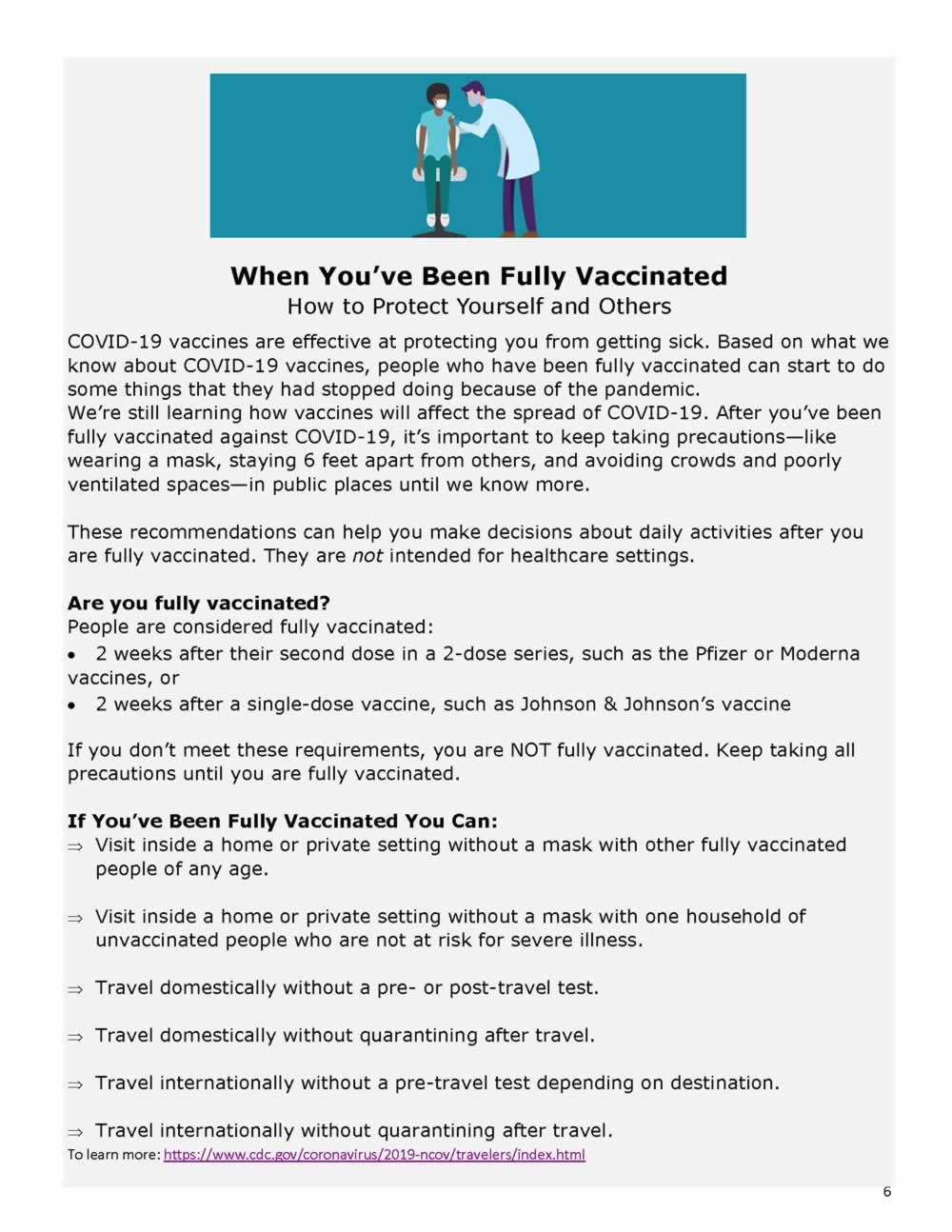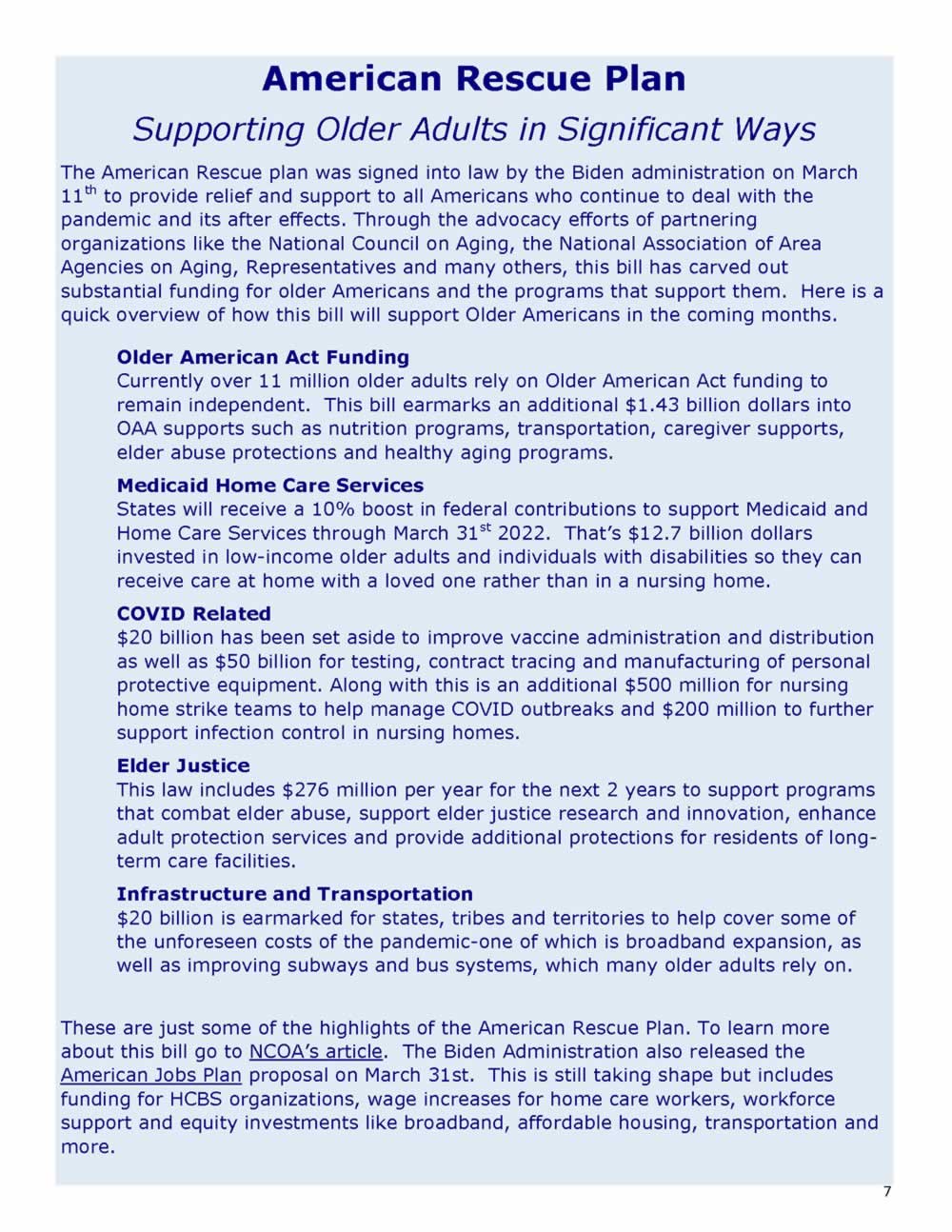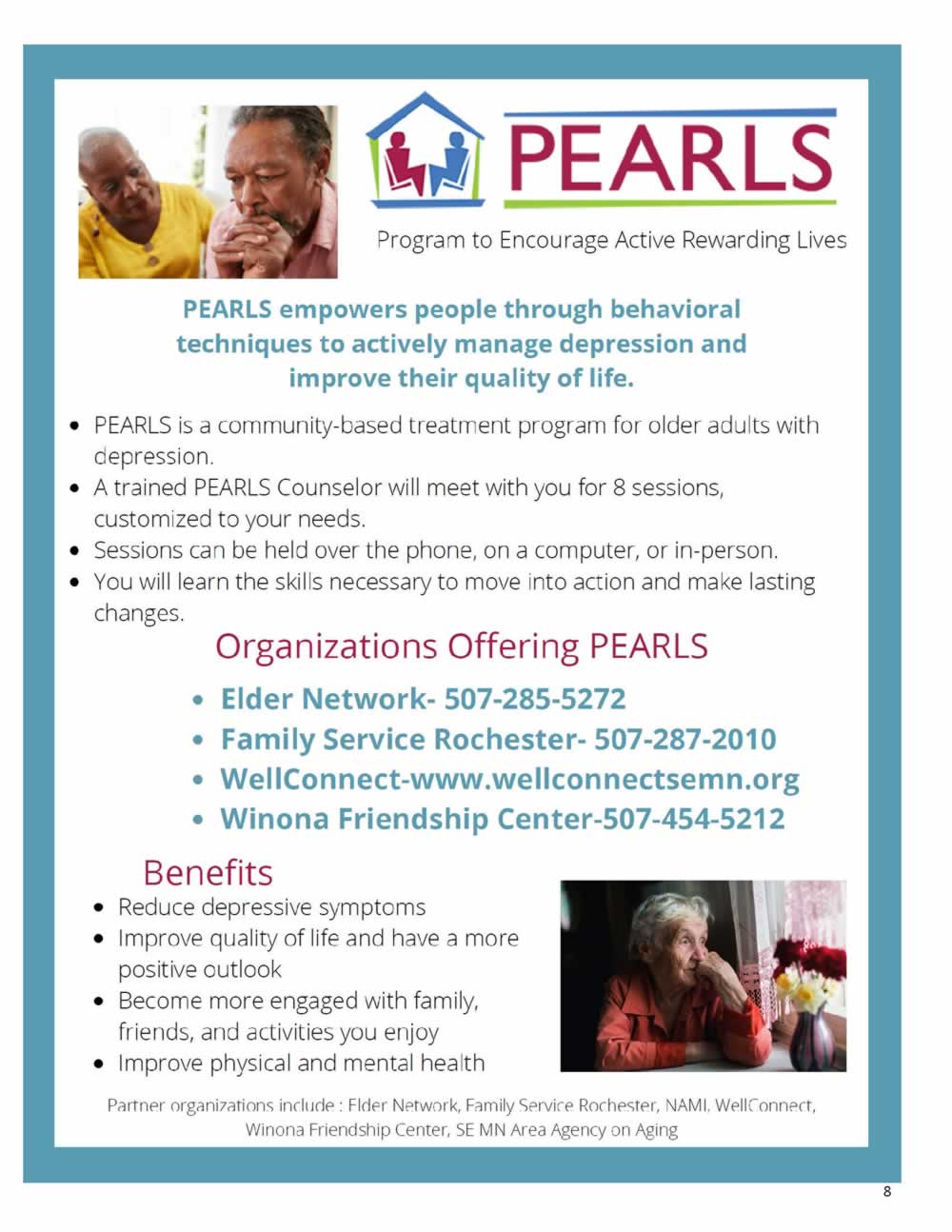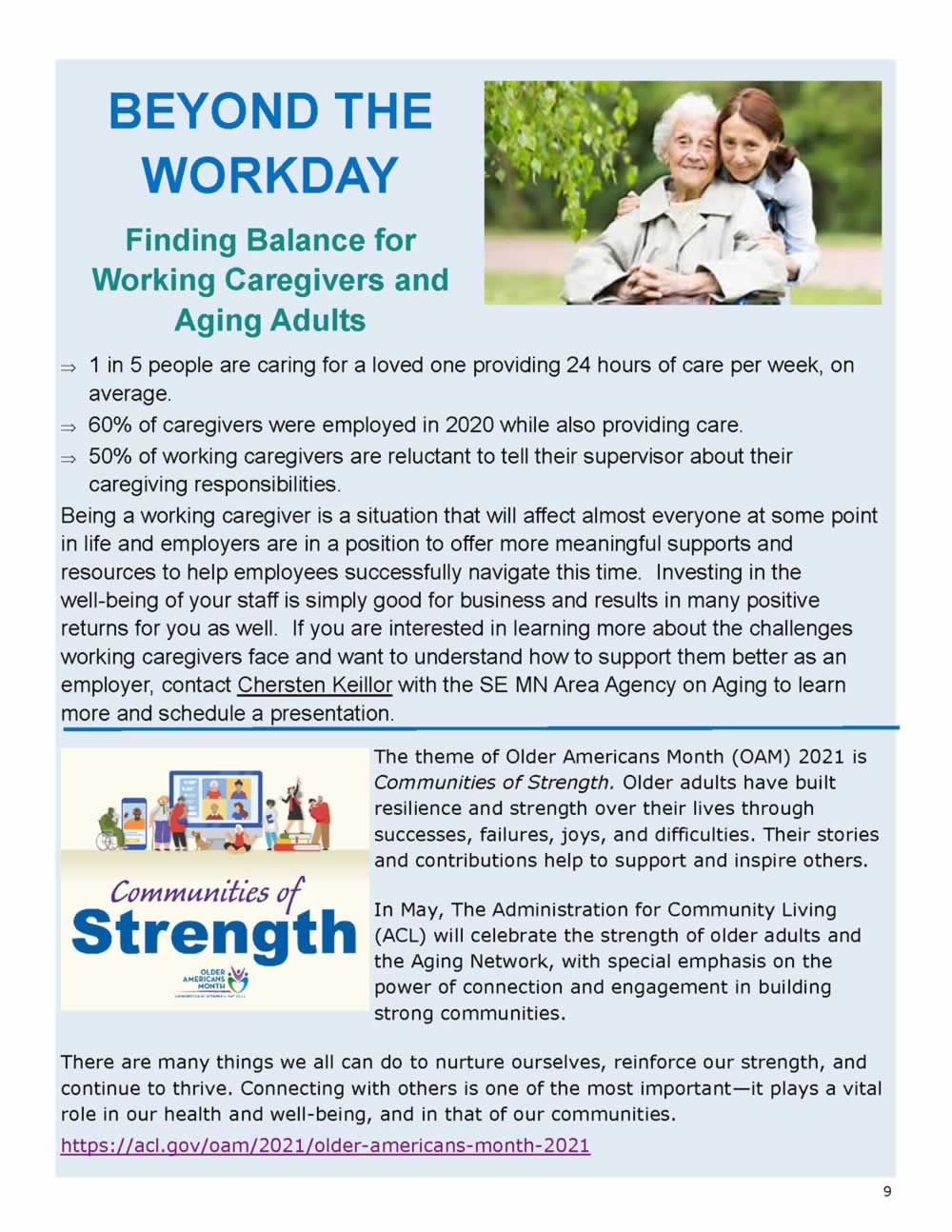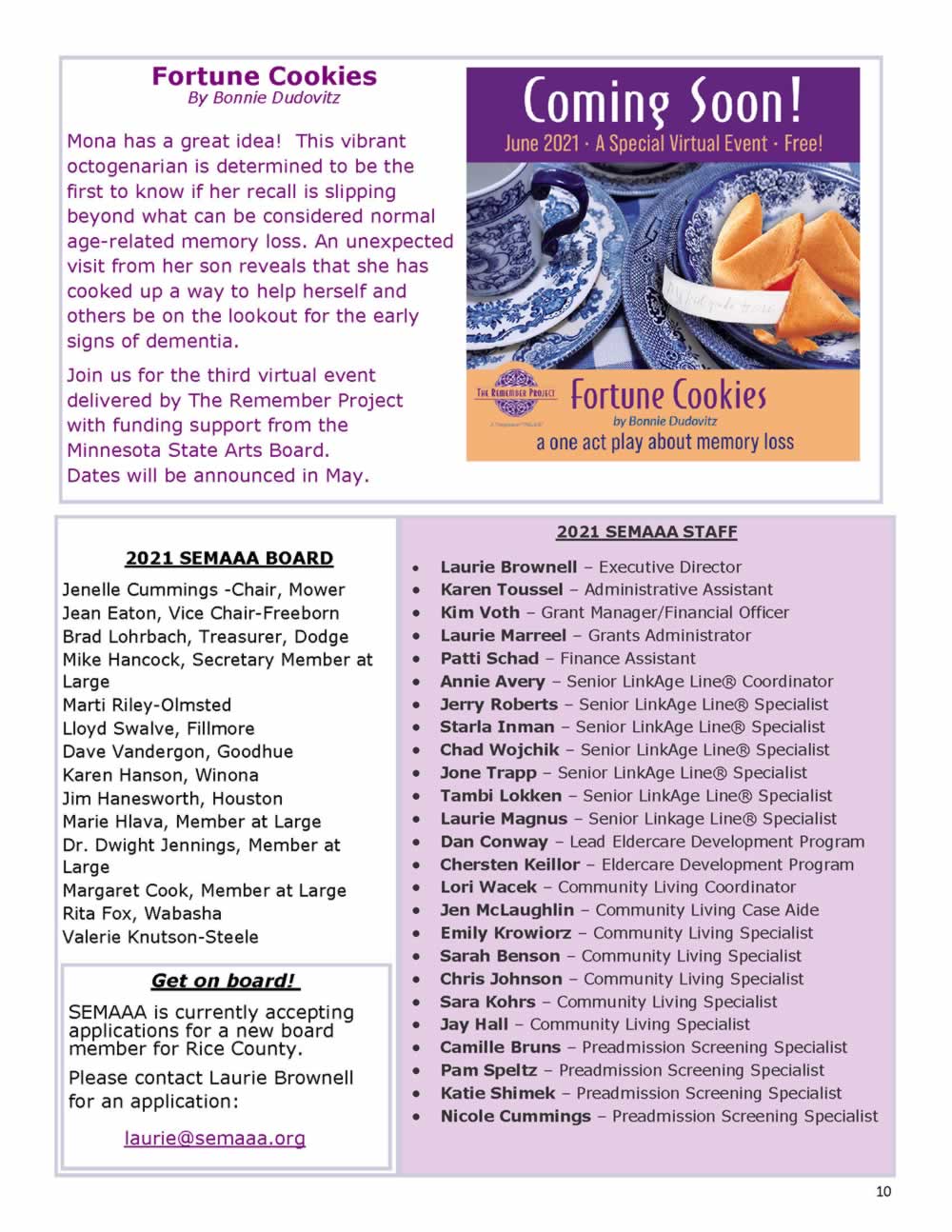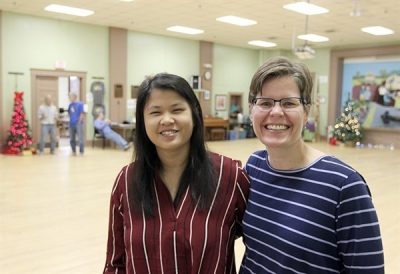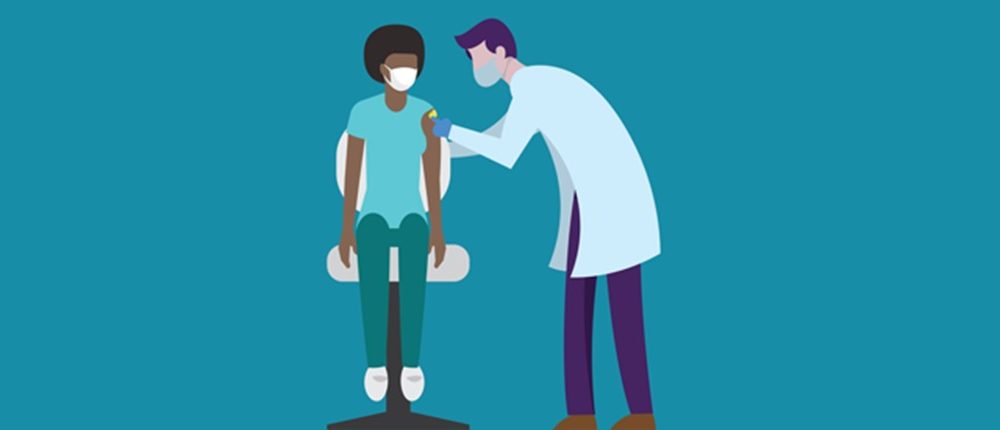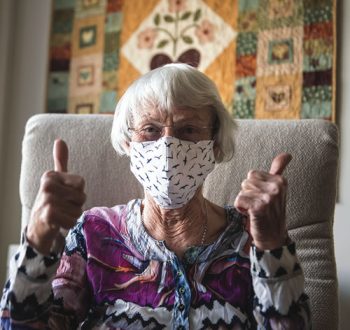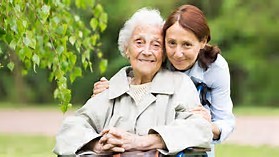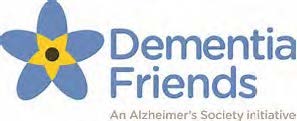 SE MN has many communities, organizations and partnerships working on creating or renewing programming that supports individuals with dementia and their caregivers. While the pandemic has slowed some of these efforts they are gaining momentum once again and communities are re-energized and ready to launch many of these great programs. Here are a few highlights and opportunities for this year.
SE MN has many communities, organizations and partnerships working on creating or renewing programming that supports individuals with dementia and their caregivers. While the pandemic has slowed some of these efforts they are gaining momentum once again and communities are re-energized and ready to launch many of these great programs. Here are a few highlights and opportunities for this year.
Highlights from SE MN
Resounding Voices Choir — Recruitment has begun for the summer practice sessions. Here’s what choir member Joe Lobl had to say about his experience. “I have enjoyed singing in Resounding Voices as a volunteer for the past three years. It is a joy singing together and getting to know each other better during our social time and weekly sharing. We have also had a lot of fun performing concerts at the end of each session, which always include singalongs with the audience. I am glad to have made new friends and also given back to the community with our concerts by participating in Resounding Voices!” If you’d like to get involved email Karen Rorie to learn more: karen@resoundingvoices.org. Check out their virtual Spring concert.
Mayo Clinic Conference on Brain Health & Dementia – A Brighter Path Forward Formerly called “Meeting of the Minds”, this conference will be held at the Mayo Civic Center on October 29th. Event is free thanks to support from the Alzheimer’s Association and AARP and will be in-person with a live stream option for those unable to attend. Registration link.
The Remember Project Dementia Awareness Tour — hosted in Pine Island by SEMAAA was a great success! Over 320 people joined our local team, or joined a statewide professional development event. Participants viewed at least one of the three theatrical videos via Zoom and provided feedback that they increased their understanding of dementia and joined in conversation about how we can locally help families living with dementia live their best lives. About 100 of the individuals attending an event live in the Pine Island or surrounding area; over 250 people were from the 11 county service are in Southeastern Minnesota served by SEMAAA. We ARE a more dementia-friendly community because of this opportunity.
Watch for more details regarding what we learned from The Remember Project and how you can join your friends and neighbors to support all community care partners in the Pine Island area. A big thank you to Olmsted Medical Center and the Pine Island Fire Department Relief Association as well as the Zone 5 Lions, Rod Steele-Edina Realty, Pat and Jerry Johnson, and several local individuals who financially supported this effort! Also thank you to the MN State Arts Board and Trellis for helping fund this initiative.
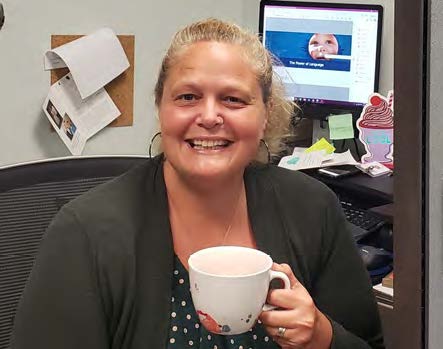
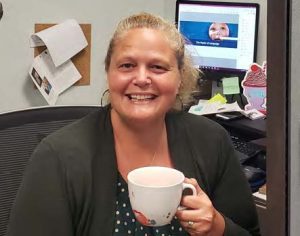 Jen Mclaughlin has been a vibrant part of SEMAAA since 2012 with most of that time being with the Return to Community Team. Her laughter, positivity, unique catch phrases and powerful fun-loving spirit have shined and left their mark on our SEMAAA family.
Jen Mclaughlin has been a vibrant part of SEMAAA since 2012 with most of that time being with the Return to Community Team. Her laughter, positivity, unique catch phrases and powerful fun-loving spirit have shined and left their mark on our SEMAAA family.
